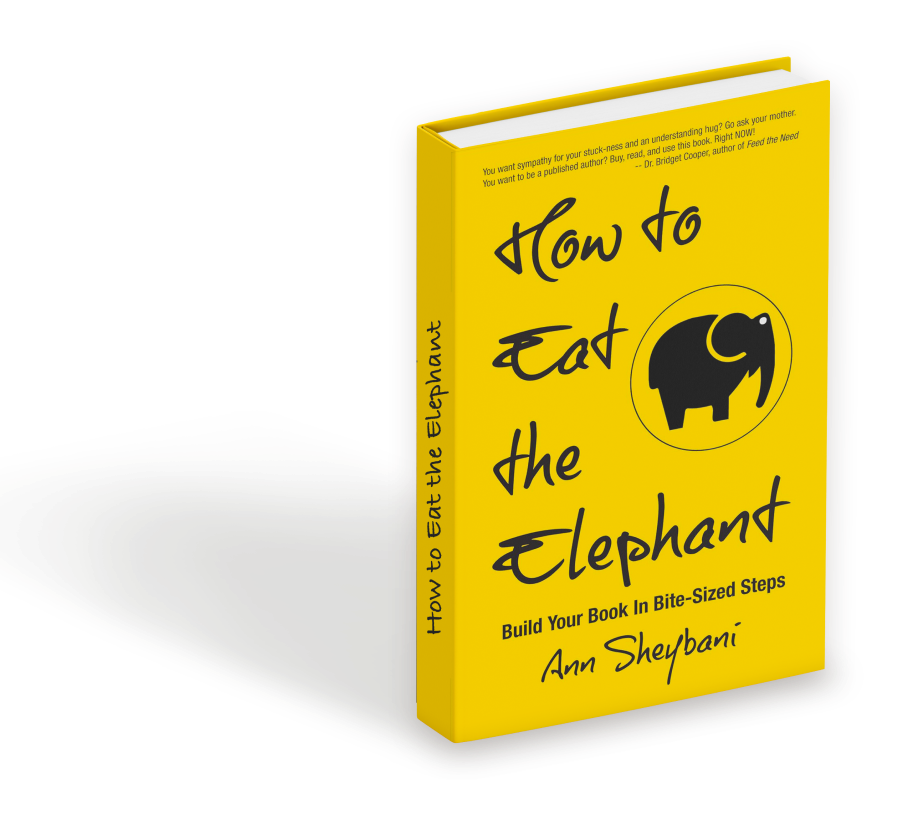Writing a book involves the creation of one small chunk of material at a time, because to contemplate the project in its entirety is a set up for insanity and failure. Thus the elephant-eating metaphor I like to use: How do you eat an elephant? Yes, one bite at a time.
Just because I can, I’m going to switch over to a different metaphor to better illustrate my next few points. Even if you aren’t a mason, I’d like you to consider your book as though it were a brick house. Brick houses have different shapes and structures, just like books, but what they all have in common is bricks and mortar. You can’t build a brick house without a generous supply of bricks; no matter how gifted you are with a buttering trowel. The same goes for building books, minus the buttering trowel, of course.
The next step you’ll need to take—ignoring all of the rest that lie ahead—is to form a single, tiny brick of material. What do I mean by brick? Depending on the genre you’ve chosen, I’m talking about one of the following:
One blog post
One scene
One expanded, supported idea
One case study
One animal photo with a bubble over the head
After all, only after you have enough of these bricks can you build a chapter, then a section, then a book.
Now, what all of these bricks need to contain, to a lesser or greater degree, is a story. We certainly expect that from a novel or memoir, but what about other genres?
Well, have you ever picked up an inspirational book, or a how-to, and found yourself, within the first five minutes, bored to tears? Maybe the author made some great points or interesting statements, but the whole thing read like a dry textbook. Want to know the fatal flaw? Easy. It lacked stories.
Here’s the thing: Readers gets lost without the supporting story. If you make an important point, you’ve got to support it with a story or you’ll lose your reader. He or she will drop your book, wander off to the café, and order coffee.
Readers crave story, with faces they can attach to, and sensory details. According to scientific studies, our brains light up like the fourth of July when we read about smells, sounds, tastes, touch, and sights. It’s what our minds want. It’s the details that keep us grounded and wanting more.
If your book falls flat, invariably it’s missing stories.


